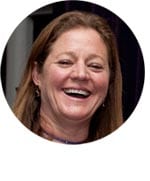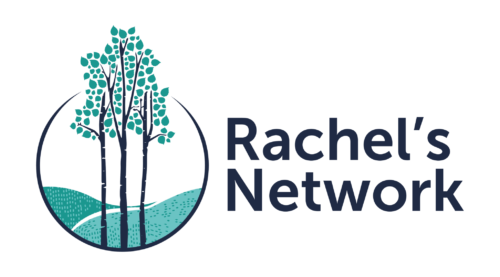As I write this, I’m looking out the window as my train crosses the Susquehanna River. I’ve ridden this route between Washington, DC and Boston my whole life. When I was young, I would look up from my book and choose a favorite house, a piece of land, or old landmarks as we sped through towns. I’d wonder things like: Who lives in that big barn on the ridge, high above the river? Who gets to live down here near the rail bridge? Will the mama duck be back this summer with her babies in the marshes as we approach Manhattan?
I still love to ride the train, but I’m no longer so innocent. Now I notice the grim color of the water and the steady march northward of dogwood, kudzu, and other plants. I know that the dirt beneath the tracks is a toxic cake of PCBs and other chemicals and that the dense thickets of phragmites lining the marshes are crowding out native plant life.
The planes leaving the airport let loose a fine film of jet fuel as they rise. The rain washes pollutants off the tarmac, the rooftops, and the streets into the storm drains and into our rivers. The poverty rate and the environmental health of these rundown communities go hand in hand. Languid leaning smokers and silent knots of mid-day stoop-sitters are signs of a community with more on its plate than it can address.
It’s easy to become overwhelmed thinking about all this. Billions of people, their houses, their cars, their stuff, their worksites, their stores, their restaurants, their schools—so much of our society must change to support the natural resources on which human life depends.
But, the “hope spots”, as Dr. Sylvia Earle calls them, do exist. They are the places where change for the better is occurring. The great Brazilian urban thinker, Jaime Lerner, calls it “Urban Acupuncture,” the small beginnings of change that inspire bigger change.
As the former mayor and governor writes in the introduction to the English translation of his book, “The notion of restoring the vital signs of an ailing spot with a simple healing touch has everything to do with revitalizing not only that specific place, but also the entire area that surrounds it.” From pocket parks to urban waterway restoration, his book touches on hopeful projects from around the world.
As Rachel’s Network members, we are engaged in what we might call urban acupuncture, or conservation acupuncture, or environmental acupuncture. From cleaning up a park and supporting a community garden, to giving up plastic water bottles and writing a check to protect land or save whales or limit the use of poisons to grow our food, we’re deploying critical resources for important work. With dedication and patience, these healing pinpricks can cure larger problems.
How are you working to heal the planet? Tell us in the comments section below!




These terms are so evocative — I love the idea of “hope spots” and “conservation acupuncture”!